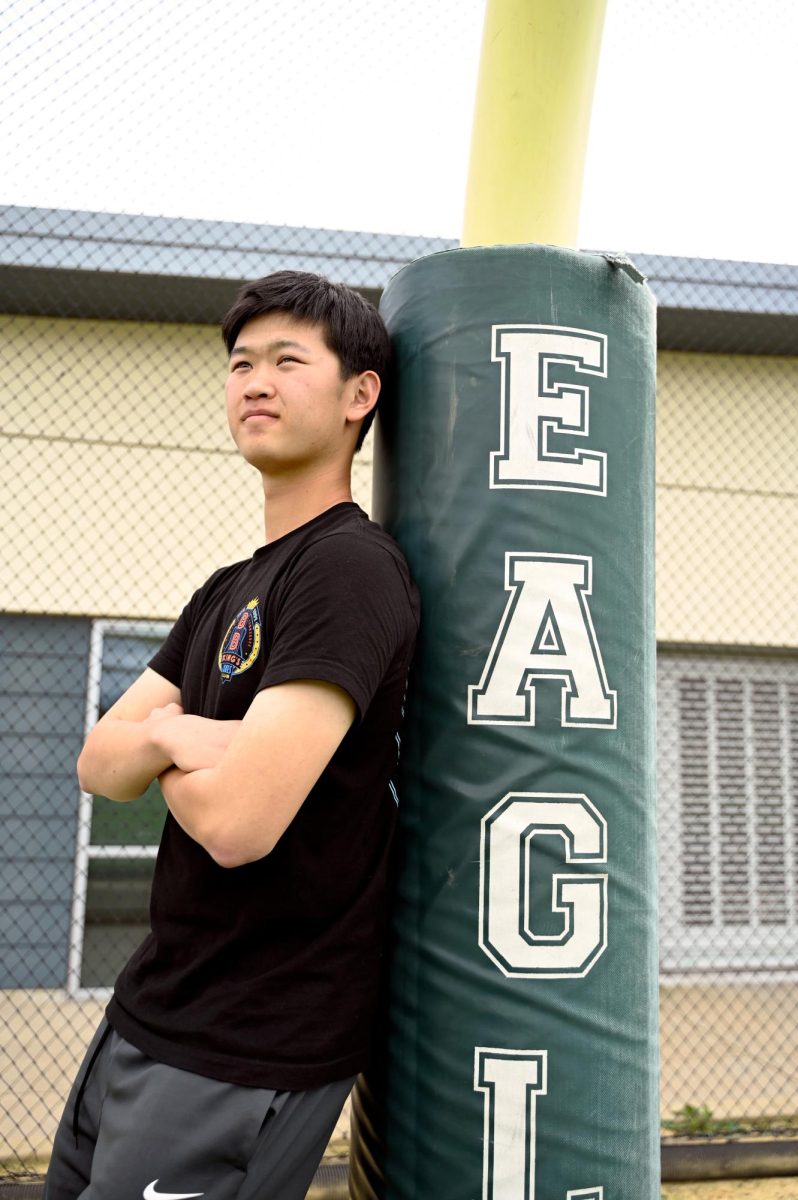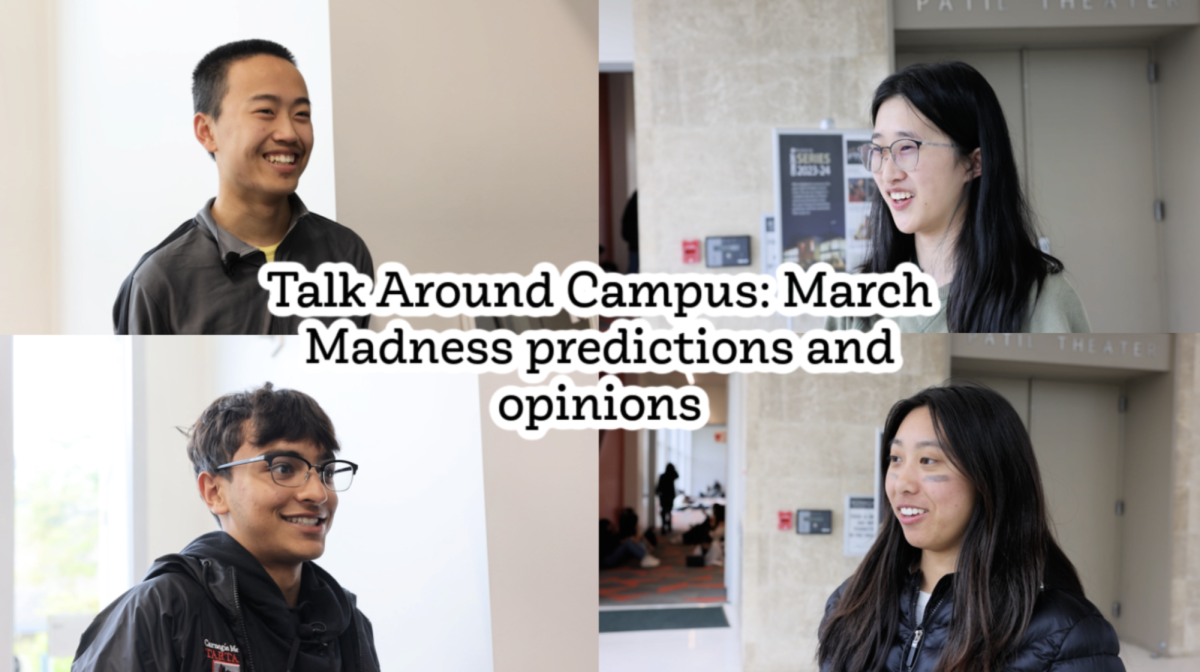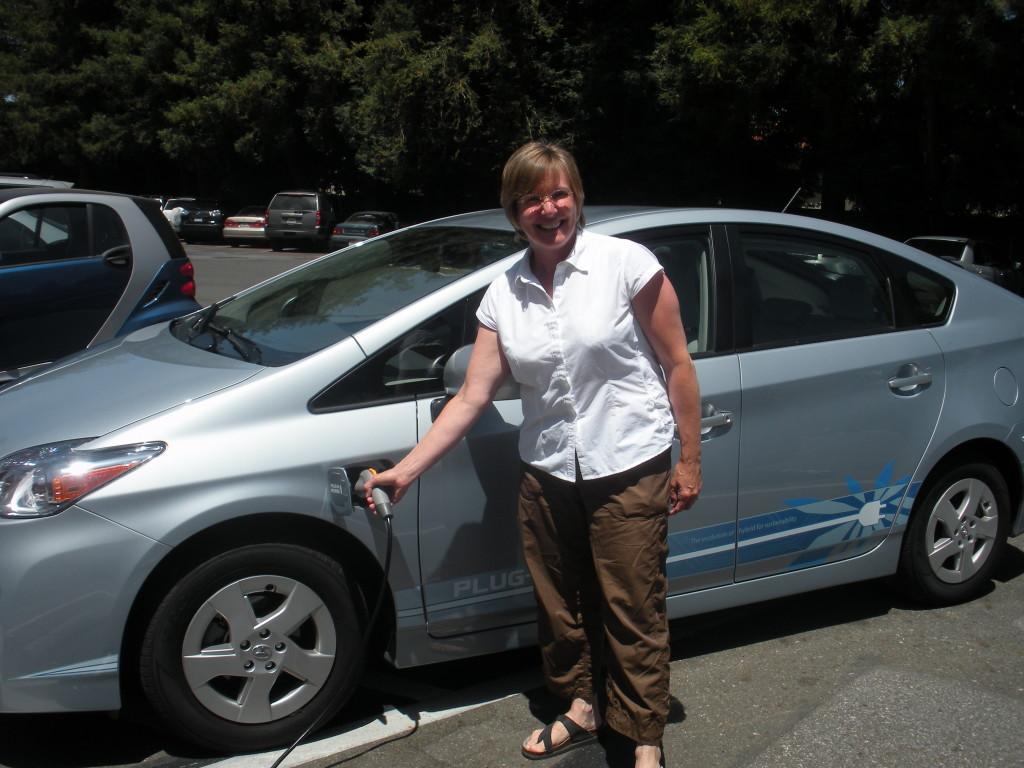Clare Elchert, Upper School nurse, is one of twenty people across the nation to test out a plug-in Toyota vehicle that will be released in 2012.
Already a Prius owner, Elchert received a phone call from the company a month and a half ago asking if she would be interested in participating in the preview test.
“I love cars – I was interested in the new technology; I have solar panels in my house, and I am environmentally friendly, so I was just so excited to have the opportunity,” Elchert said.
In order to participate, Elchert had to be the only person driving the car throughout the six weeks trial period. After a training session where she learned about the vehicle, she took full advantage of her time.
The car had 16 miles on it when Elchert first received the car. To date, she has driven a total of 2065 miles, of which 16 percent was on electric power.
Elchert explained the mechanism by which the car functions. Once the charge on the lithium-ion battery is depleted, the vehicle switches to hybrid mode, functioning not on gasoline but as a hybrid vehicle.
“This switch from electric to hybrid makes the car very practical,” Elchert said. “When the car runs out of battery, you can still drive and be environmentally friendly.”
The car needs to be plugged in and recharged to resume its electrical capabilities. “It costs about 50 cents to charge electrically, so I feel good about using it,” she said.
This mechanism proved especially helpful when Elchert drove to Kings Canyon National Park. Because it was a road trip, she did not plug-in the vehicle during the day, so it would automatically switch to hybrid mode.
“Several people came up to me and said, ‘I didn’t know these were available,’” Elchert said. “They were also especially interested in the vehicle and how it worked, maybe because they were environmentally friendly too.”
The plug-in hybrid vehicle has several distinct characteristics, among them a noiseless engine.
“There is actually a proposition to make electrical vehicles make noise to aid blind pedestrians and such,” Elchert said. To compensate, this vehicle beeps while reversing to alert others of its presence.
Additionally, the plug-in vehicle uses a power button instead of a key to start its engine.
However, there are also some disadvantages to the vehicle. “The sight lines along the side are not ideal,” Elchert said, feeling her side view was restricted more compared to her Prius.
Moreover, though the vehicle can run for twelve to fourteen miles on purely electrical energy, it still needs to be recharged. “It is not quite practical to have a vehicle run only on electric [power],” Elchert said.
Toyota nonetheless maintained an optimistic view on the test. “Through this program consumers will be informed on how these new mobility alternatives will fit with their transportation needs, their lifestyles and their budget,” John Hanson, Toyota’s manager of environmental, safety and quality communications, said.
Elchert also has a positive attitude about the vehicle’s effect on the future of energy consumption.
“People are certainly looking at electrical power as an adjunct to gasoline,” Elchert said. “This is a good start, and I’m hopeful that it will take hold in the future.”































![Setter Emma Lee (9) sets the ball to the middle during the match against Pinewood on Sept. 12. “[I’m looking forward to] getting more skilled, learning more about my position and also becoming better friends with all of my teammates, Emma said.](https://harkeraquila.com/wp-content/uploads/2023/09/DSC_4917-2-1200x795.jpg)














































































![“[Building nerf blasters] became this outlet of creativity for me that hasnt been matched by anything else. The process [of] making a build complete to your desire is such a painstakingly difficult process, but Ive had to learn from [the skills needed from] soldering to proper painting. Theres so many different options for everything, if you think about it, it exists. The best part is [that] if it doesnt exist, you can build it yourself, Ishaan Parate said.](https://harkeraquila.com/wp-content/uploads/2022/08/DSC_8149-900x604.jpg)


![“Animation just clicked in a way. I had been interested in art, but that felt different. [Animation] felt like it had something behind it, whereas previous things felt surface level. I wasnt making that crazy of things, but just the process of doing it was much more enjoyable, Carter Chadwick (22) said.](https://harkeraquila.com/wp-content/uploads/2022/08/Screen-Shot-2022-08-16-at-9.44.08-AM-900x598.png)


![“When I came into high school, I was ready to be a follower. But DECA was a game changer for me. It helped me overcome my fear of public speaking, and its played such a major role in who Ive become today. To be able to successfully lead a chapter of 150 students, an officer team and be one of the upperclassmen I once really admired is something Im [really] proud of,” Anvitha Tummala (21) said.](https://harkeraquila.com/wp-content/uploads/2021/07/Screen-Shot-2021-07-25-at-9.50.05-AM-900x594.png)



![“[Volleyball has] taught me how to fall correctly, and another thing it taught is that you don’t have to be the best at something to be good at it. If you just hit the ball in a smart way, then it still scores points and you’re good at it. You could be a background player and still make a much bigger impact on the team than you would think,” Anya Gert (’20) said.](https://harkeraquila.com/wp-content/uploads/2020/06/AnnaGert_JinTuan_HoHPhotoEdited-600x900.jpeg)

![“Im not nearly there yet, but [my confidence has] definitely been getting better since I was pretty shy and timid coming into Harker my freshman year. I know that theres a lot of people that are really confident in what they do, and I really admire them. Everyones so driven and that has really pushed me to kind of try to find my own place in high school and be more confident,” Alyssa Huang (’20) said.](https://harkeraquila.com/wp-content/uploads/2020/06/AlyssaHuang_EmilyChen_HoHPhoto-900x749.jpeg)













![“My slogan is ‘slow feet, don’t eat, and I’m hungry.’ You need to run fast to get where you are–you arent going to get those championships if you arent fast,” Angel Cervantes (12) said. “I want to do well in school on my tests and in track and win championships for my team. I live by that, [and] I can do that anywhere: in the classroom or on the field.”](https://harkeraquila.com/wp-content/uploads/2018/06/DSC5146-900x601.jpg)

![“I think getting up in the morning and having a sense of purpose [is exciting]. I think without a certain amount of drive, life is kind of obsolete and mundane, and I think having that every single day is what makes each day unique and kind of makes life exciting,” Neymika Jain (12) said.](https://harkeraquila.com/wp-content/uploads/2017/06/Screen-Shot-2017-06-03-at-4.54.16-PM.png)

















